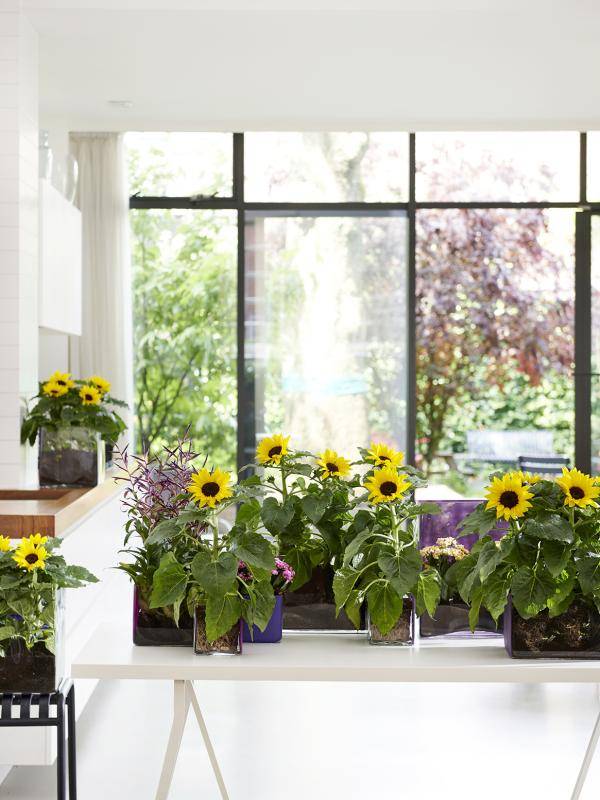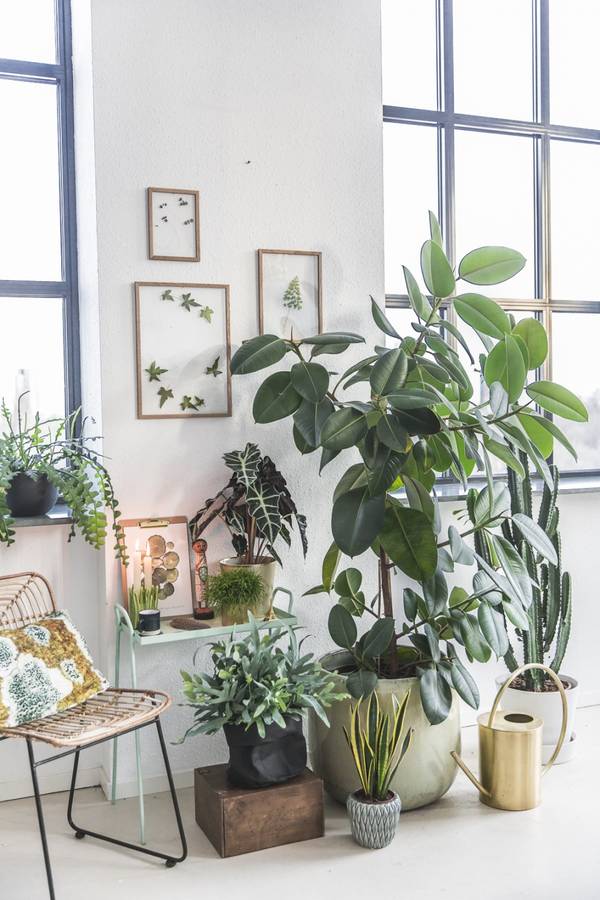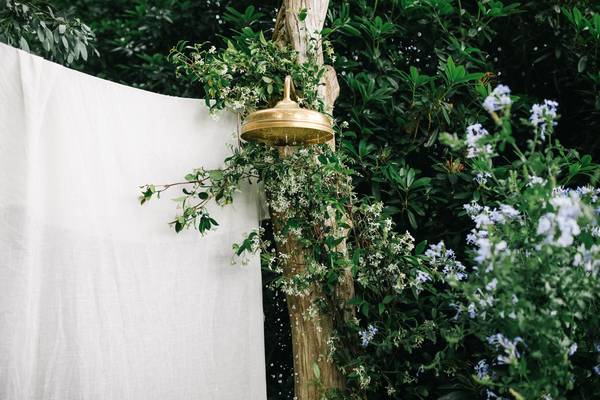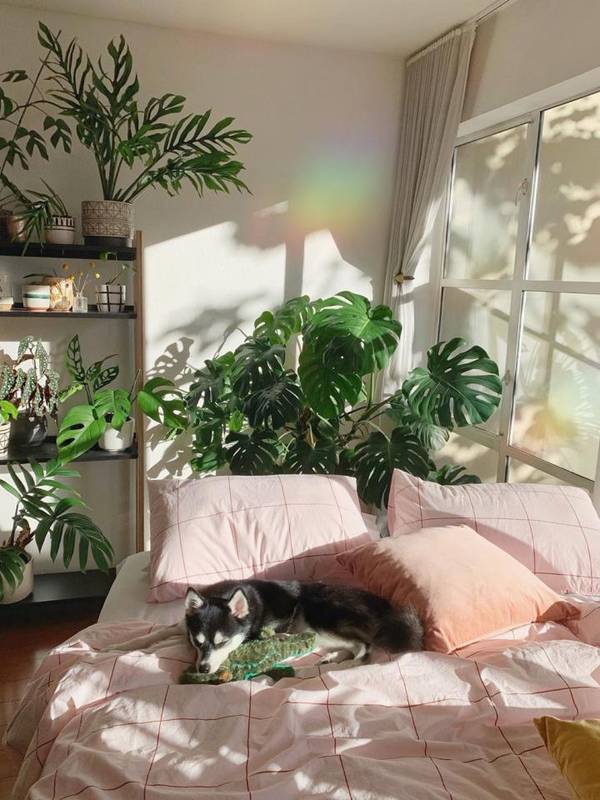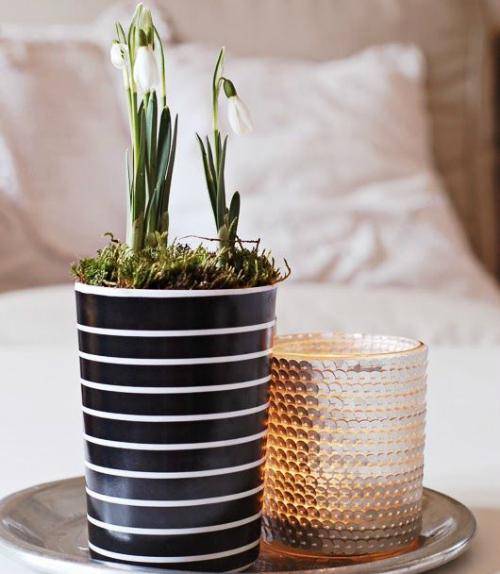
You may associate sunflowers (the official name is Helianthus) with gardens and fields, but it's also available as a charming houseplant that allows the sun to shine indoors as well. It's a cheerful, full plant with plenty of leaves and substantial flowers that tower above all that foliage. The potted sunflower is a surprising houseplant that does well in a modern interior and fits perfectly with the growing need for clarity and beauty without pretension.
Care
- As the name suggests, the sunflower loves sunshine can tolerate a lot of light.
- The plant needs a lot of water. The soil should always be a bit damp.
- Wilted flowers can be removed to give the new buds more space.
- A bit of plant food once a week keeps the flowering going.
- Potted sunflowers do not produce seeds, and once the flowering has finished, that’s the end.
Coulours and shapes
The sunflower is an extremely uncomplicated houseplant: one colour, one shape. The potted version doesn’t grow as tall as the sunflowers that bloom outdoors, but it does offer those unique cheerful bright yellow flowers and the dark heart of a real sunflower with attractive dark green leaves below. The potted version does not produce pollen. This means that the sunflower continues looking beautiful for longer and blooms for considerably longer than the outdoor variety. It also has a long availability period for a flowering plant, from April to the end of August.
Symbolism
The sunflower was an Inca icon: they revered the flower as a depiction of their sun god because the head always turns towards the sun and turns back to the east at night. This is called heliotropism. The plant has retained ‘sun’ and ‘radiance’ as its symbolic meaning, including in other parts of the world.
Origin
Sunflowers originate from North and South America. Native Americans planted the seeds on the north side of their fields as the ‘fourth sister’ of the familiar combination of maize, bean and pumpkin plants that help one another to grow. Spanish sailors brought the sunflower to Europe in around 1530. The seeds grew easily and so sunflower seed became part of our food: it was eaten, roasted and turned into oil. The flower has been bred from a garden giant to a houseplant, but has always maintained its familiar appearance.
